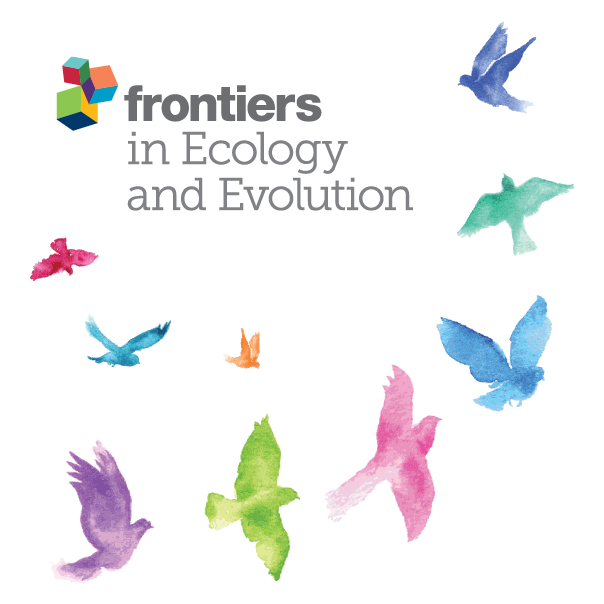Ver ítem
- xmlui.general.dspace_homeCentros e Institutos de InvestigaciónCICVyA. Centro de Investigación en Ciencias Veterinarias y AgronómicasInstituto de GenéticaArtículos científicosxmlui.ArtifactBrowser.ItemViewer.trail
- Inicio
- Centros e Institutos de Investigación
- CICVyA. Centro de Investigación en Ciencias Veterinarias y Agronómicas
- Instituto de Genética
- Artículos científicos
- Ver ítem
Varroa destructor parasitism and genetic variability at honey bee (Apis mellifera) drone congregation areas and their associations with environmental variables in Argentina
Resumen
Varroa destructor is a serious ectoparasite of the western honey bee, Apis mellifera, which negatively impacts on colonies health and survival worldwide. Drone-mediated movement and the presence of the mite in Drone Congregation Areas (DCA) may play a relevant role in Varroa dispersal. The objectives of this study were to characterize mite infestation levels and genetic diversity in DCAs and surrounding apiaries and to explore putative environmental
[ver mas...]
Varroa destructor is a serious ectoparasite of the western honey bee, Apis mellifera, which negatively impacts on colonies health and survival worldwide. Drone-mediated movement and the presence of the mite in Drone Congregation Areas (DCA) may play a relevant role in Varroa dispersal. The objectives of this study were to characterize mite infestation levels and genetic diversity in DCAs and surrounding apiaries and to explore putative environmental variables associated to Varroa infestation in two eco-climatic regions of Argentina (temperate, and subtropical). Phoretic mite proportions in DCAs and apiaries were estimated during spring. Landscape, topographic, and climate variables were described using satellite image classifications and data from public databases. The genetic composition of drones at the DCAs and workers from the surrounding apiaries was assessed using mitochondrial markers. In total, eleven DCAs were identified in both regions during 2017 and 2018. The mean proportion of Varroa was ca. 3 in 1,000 (0.0028 ± 0.0046) at the apiaries, and ca. 2 in 100 (0.0168 ± 0.0227) at the DCAs. No statistical differences were observed between apiaries and DCAs or between ecoregions, but the proportion of infested males at the DCAs was positively correlated to the distance to the apiary and a trend was observed toward higher mite loads in DCAs. Landscape and topography were not determinant for Varroa infestation at the DCAs but relative humidity and precipitation in the previous week of sampling, positively influenced infestation. More haplotypic diversity was detected in the DCAs compared to the surrounding apiaries, particularly in the subtropical region. While in this region high prevalence of Africanized (A1, A4) mitochondrial lineages was detected, European lineages (C1, C2j) were mostly found in apiaries and DCA in the temperate region. Our results provide valuable information on the dynamics of Varroa parasitism in apiaries and DCAs, and highlight the role of drones in mite dispersion and genetic variability of new colonies. The study of DCAs emerges as a tool for investigating not only honey bee reproduction and conservation, but also the impact of the environment on bee epidemiology.
[Cerrar]

Autor
Galindo Cardona, Alberto;
Scannapieco, Alejandra Carla;
Russo, Romina Maria;
Escalante, Karen;
Geria, Martín;
Lepori, Nicolás;
Ayup, María Marta;
Muntaabski, Irina;
Liendo, María Clara;
Landi, Lucas;
Giray, Tugrul;
Monmany-Garzia, A. Carolina;
Fuente
Frontiers in ecology and evolution 8 : 590345. (Noviembre 2020)
Fecha
2020-11
Editorial
Frontiers Media
ISSN
2296-701X
Formato
pdf
Tipo de documento
artículo
Palabras Claves
Derechos de acceso
Abierto
 Excepto donde se diga explicitamente, este item se publica bajo la siguiente descripción: Creative Commons Attribution-NonCommercial-ShareAlike 2.5 Unported (CC BY-NC-SA 2.5)
Excepto donde se diga explicitamente, este item se publica bajo la siguiente descripción: Creative Commons Attribution-NonCommercial-ShareAlike 2.5 Unported (CC BY-NC-SA 2.5)


